A photograph of the region
![]()
![]()
![]()
![]()
![]()
![]()
![]()
![]()
![]()
![]()
![]()
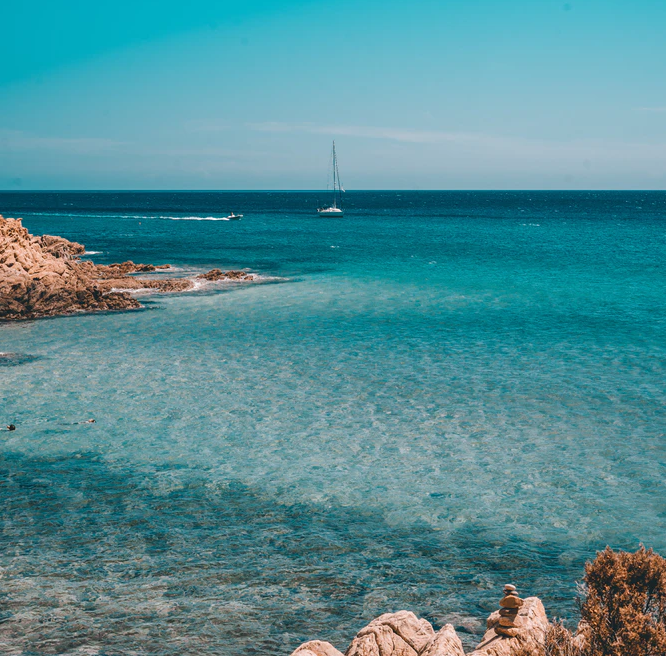
Italy’s DMCs share with DUCO tips on gastronomy, landscapes, and secret treasures
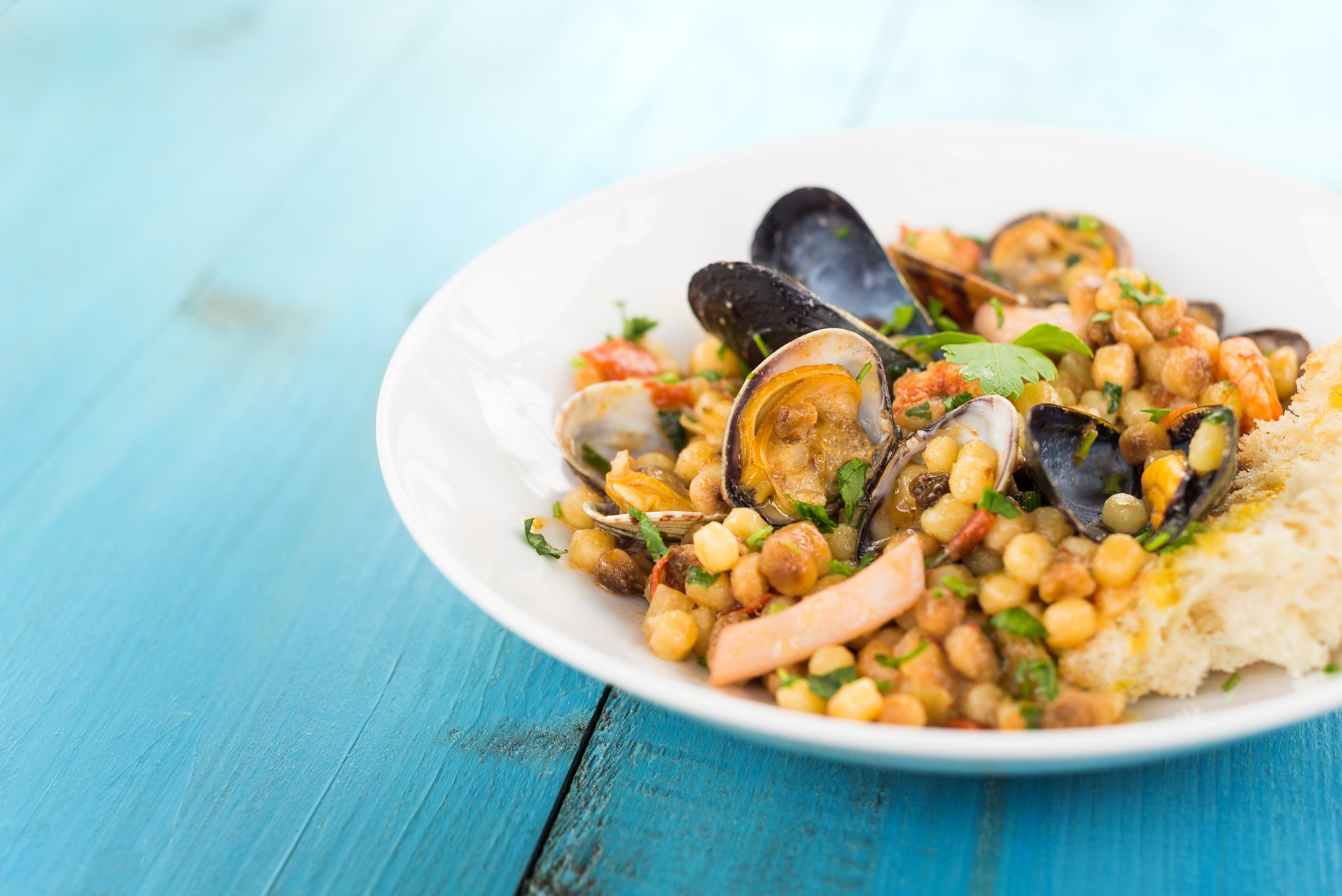
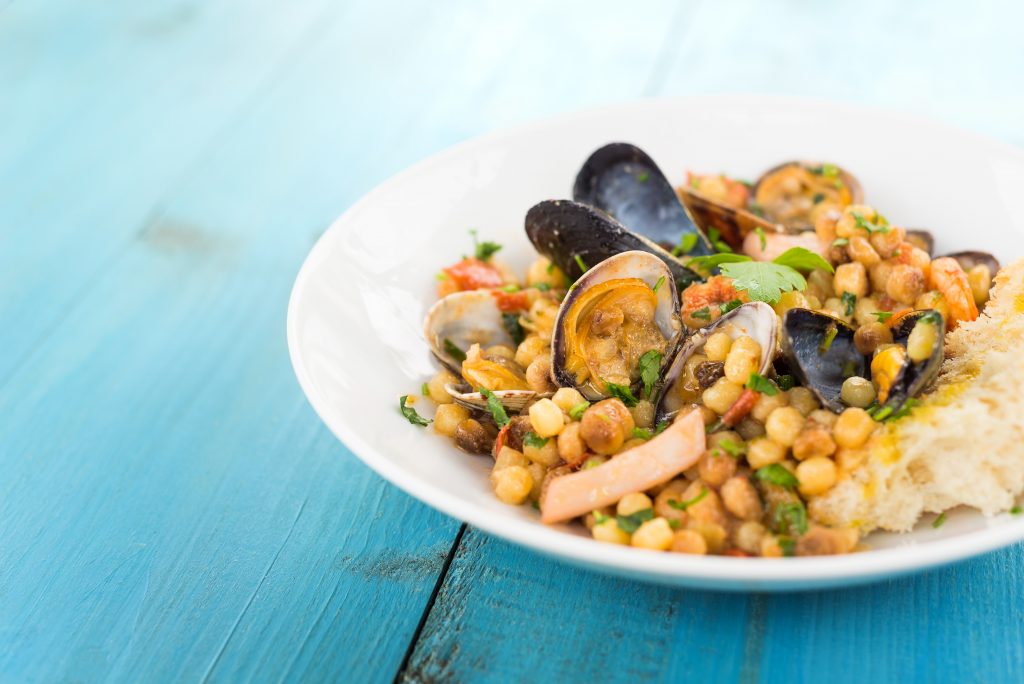
Luxury DMC Arno Travel offers two Sardinian delicacies: savory fregula from the coast and sweet seadas from the inlands.
Gastronomic Story:
The Sardinian inland is extremely rich in nature, history, and culture, with a long tradition of sheep farming and cheese making. The dualism of the island’s sea and inland is reflected in two favorite Sardinian dishes: fregula with clams and seada.
Fregula with clams is a delicious local pasta course – you will not find fregula in any other part of Italy. The pasta’s origins are not clear, but it’s possible that its creation was influenced by commercial trading in earlier centuries with Arabians, who exported their tradition of cuscus all over the Mediterranean. The process of making fregula comes from the heritage of the land. Fregula dough is made with semolina and warm salty water, then rolled into small balls that are toasted in an oven. The wise circular hand movements are a Sardinian tradition passed down through generations since antiquity, and evidence of fregula has dated back to the 10th century. The perfect fregula is served with clams in a tomato sauce.
Seada is a typical dessert from Sardinia, a “poor man’s dish” whose tradition comes from the inland farming villages. It’s a large semolina dumpling filled with the typical Sardinian pecorino cheese and lemon peel. It’s then deep-fried and served warm with honey or sugar. Delicious!
Best Enjoyed:
Imagine: a summer sunset, seated on a scenic coastal panoramic terrace. Go ahead, enjoy fregula with clams, followed by seadas. Accompany the evening with a local sparkling Vermentino wine and soft Sardinian music in the background.
For more information about Arno Travel, click here.
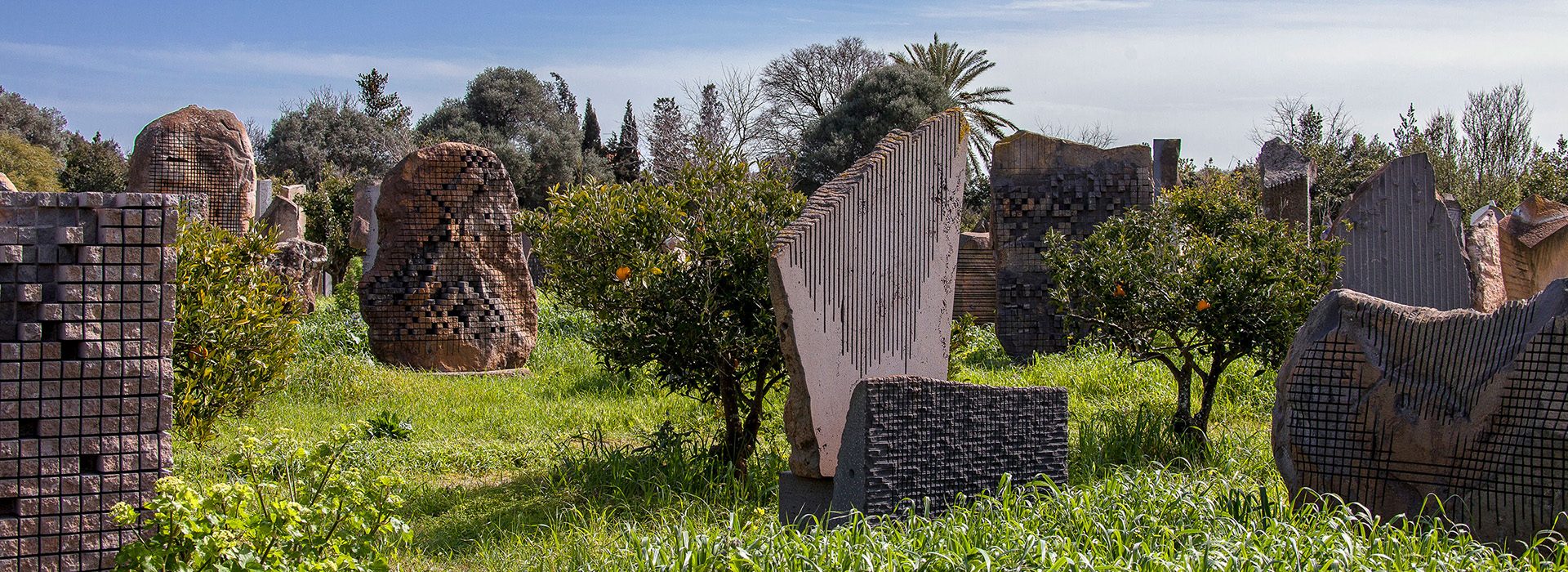
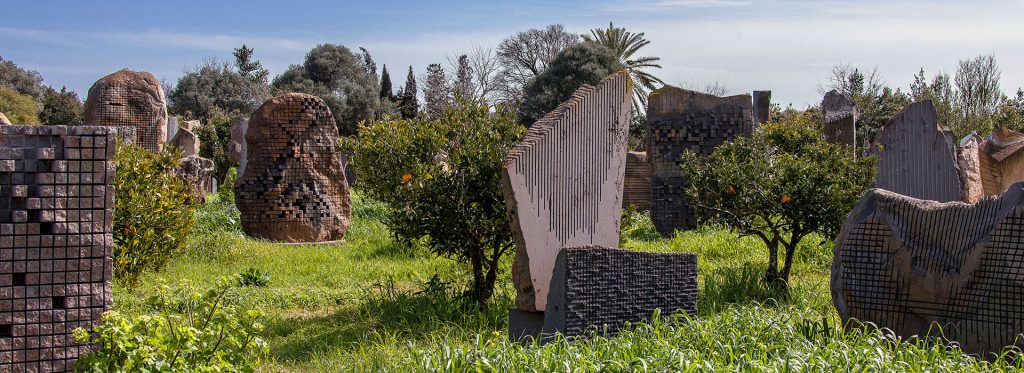
Luxury DMC Abercrombie & Kent takes us on a journey to the Giardino Sonoro, an impressive sculpture park where art and nature come together.
What is the local hidden treasure?
Sardinia is a gem in the Mediterranean Sea. It boasts 2,000 kilometers of coastline, sandy beaches, and a mountainous interior, and its rugged landscape is dotted with thousands of nuraghi – ruins of mysterious beehive-shaped stone structures from the Bronze Age. With its own language, cuisine, and culture, there is no shortage of treasures on the island, but the Giardino Sonoro in San Sperate particularly special.
What makes it so special?
The unique village of San Sperate is one of Sardinia’s most artistic towns and a true open-air museum, with vibrant streets lined with mural-clad houses. The tradition of muralism was started by local artist Pinuccio Sciola, and today there are over 320 murals in town. However, Sciola’s Giardino Sonoro, or Sound Garden, offers hundreds of stones and boulders which have been sculpted by the artist since the 1960s to create musical instruments.
How can visitors best experience this gem?
Take a private tour of Pinuccio Sciola’s Museum House and workshop to get a feel for the artist’s process before taking a walk through a grove of citrus and megaliths.
Exploring the Sound Garden on your own gives you the chance to engage all your senses, making your own music in communion with nature by brushing or touching the stones to evoke a strange and beautiful music.
For more information about Abercrombie & Kent, click here.
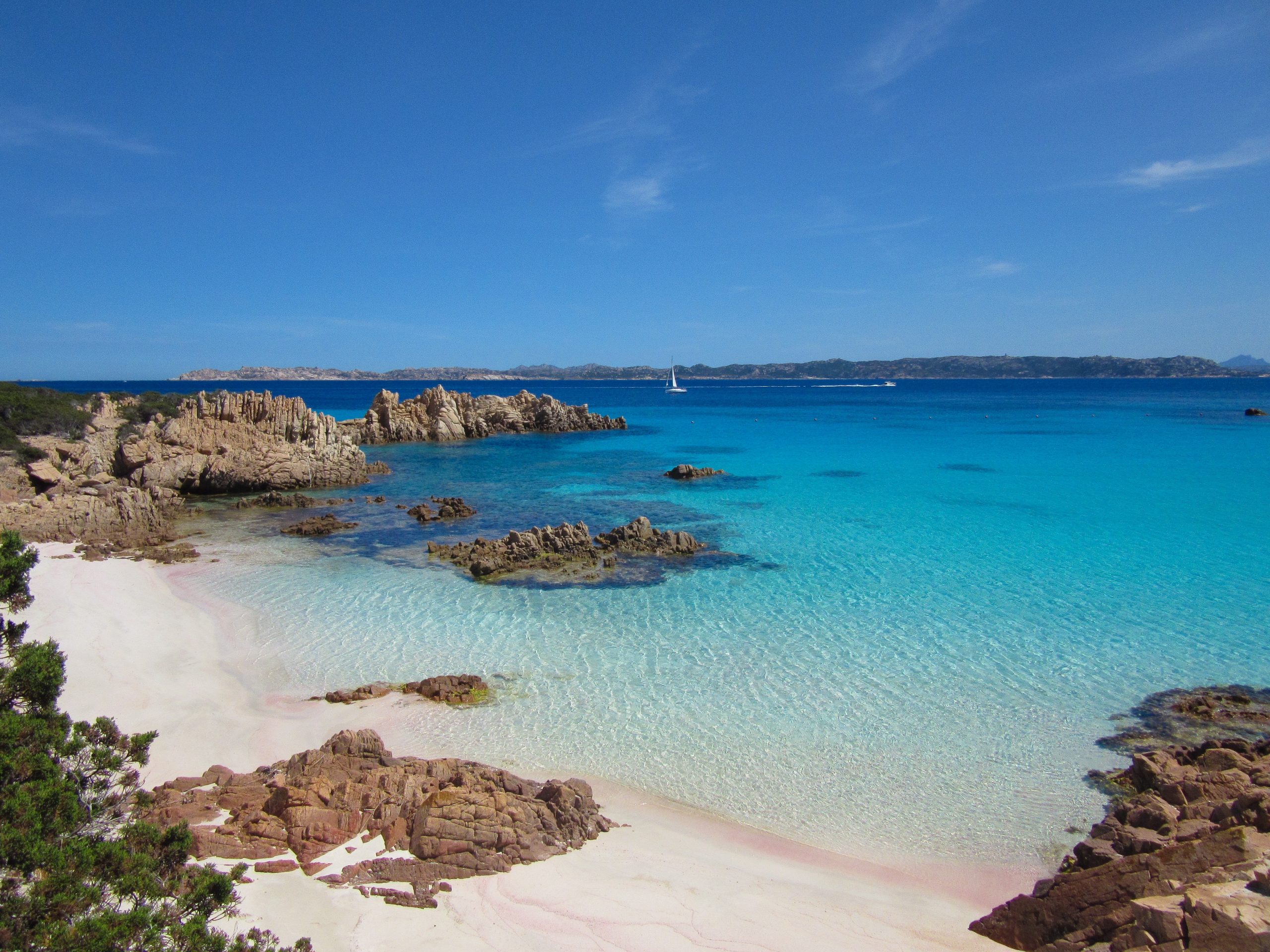

Luxury DMC Authentic Italy unveils the Spiaggia Rosa of Budelli Island, a magical rose-toned coast along one of Sardinia’s lesser islands in the Archipelago of Maddalena.
What makes it so special in this region?
Budelli’s pink beach is a fantastical, not-so-secret sanctuary for Miniacina miniacea—a tiny single-celled organism with a pink calcareous shell that washes up on the shore leaving their signature pink footprint. The beach was closed to the public in the 1990s, and the island was declared a national park in 2016 after a failed attempt by a New Zealander tycoon to purchase it. The blushing coast stretches over 12 kilometers and an uncontaminated territory of 25 hectares, currently inhabited by a single person: its guardian Mauro Morandi, who has lived alone on the island for more than 30 years.
How did you discover the island?
Those “in the know” knew to come here, especially after the beach’s starring role in Michelangelo Antonioni’s 1964 film “Red Desert,” which appropriately was his first movie in color!
How can visitors best experience this gem?
Hire a private boat for the day to cruise through the small archipelago, with many chances to snap some frame-worthy photos. Opt for diving or snorkeling in the crystal blue Mediterranean waters rich with granite and red coral and spot the acrobatics of dolphins and sperm whales as you sail across the horizon.
For more information about Authentic Italy, click here.
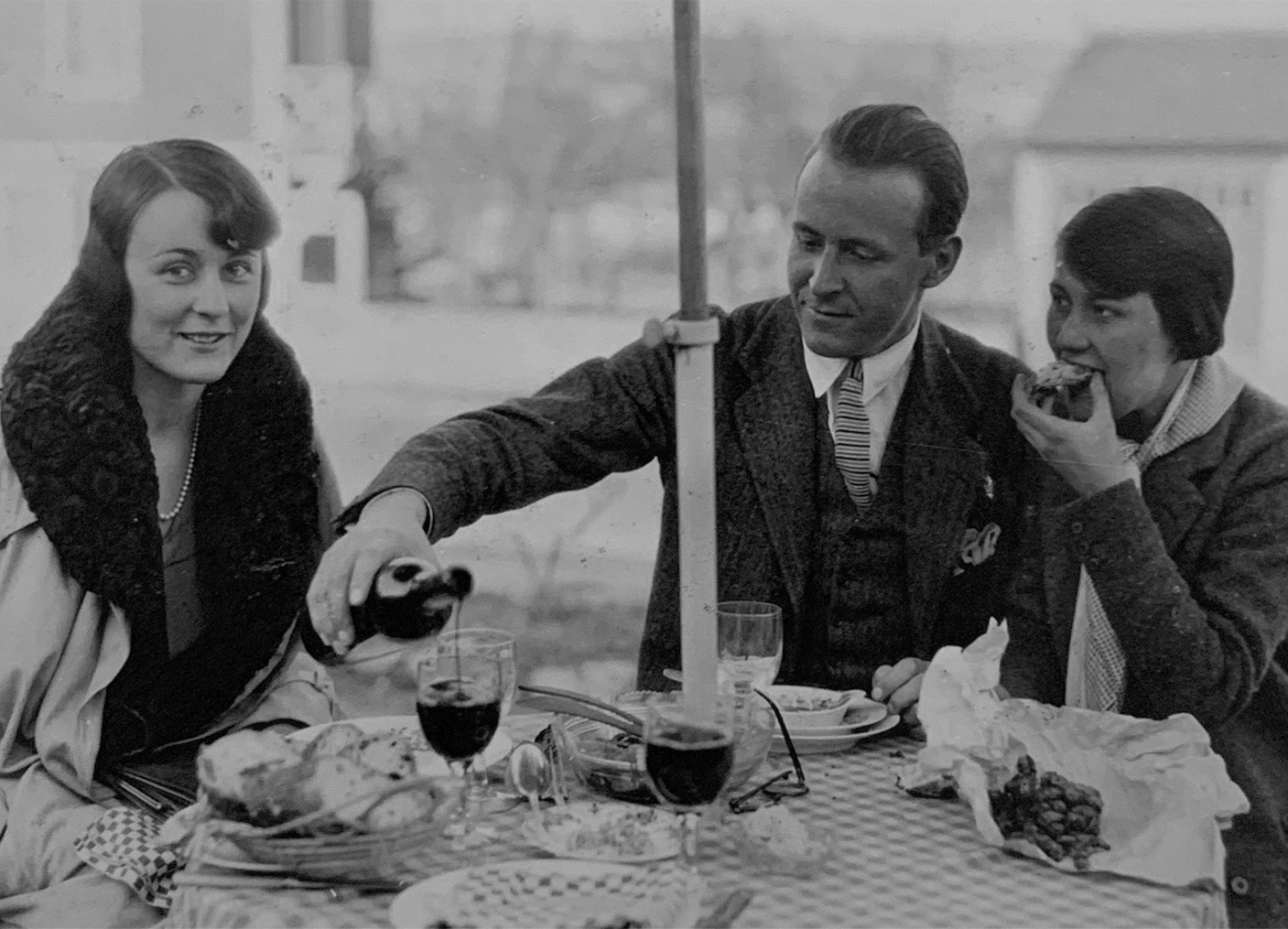
“The [Sardinian] recipe for a long life is very simple: fresh air, good food, a natural lifestyle, and a vibrant social life to animate the moments.”
Luca Poddi, Abercrombie & Kent